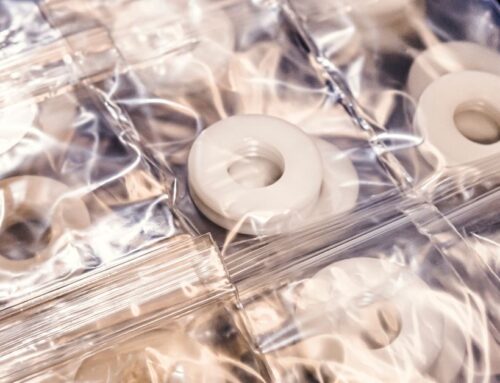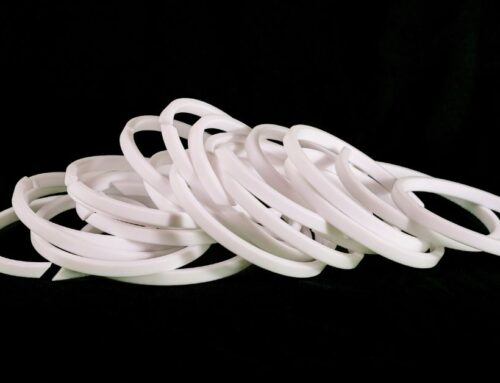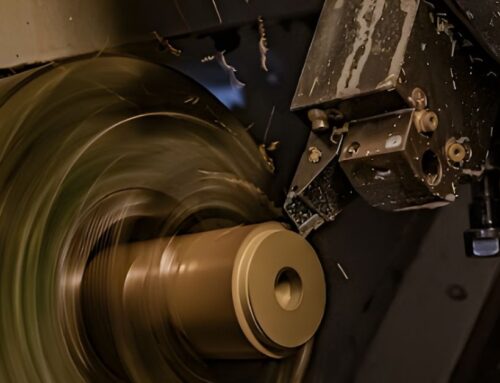Choosing plastic can make or break your project. Engineers and designers often face the dilemma of choosing between high-performance Torlon and PEEK plastic. Both materials are renowned for their exceptional properties, so you might wonder which one is right for your application. To make an informed decision, you should understand the characteristics and advantages of each plastic.
Key Properties of Torlon and PEEK
Torlon is a polyamide-imide (PAI) that boasts remarkable mechanical strength and high-temperature resistance. It can withstand continuous use up to 500 degrees Fahrenheit and remains dimensionally stable under heavy loads. Torlon plastic also offers excellent wear resistance and low friction, making it ideal for applications requiring durable materials.
Polyether ether ketone (PEEK) is another high-performance plastic known for its outstanding thermal stability, with a continuous use temperature of up to 482 degrees Fahrenheit. PEEK exhibits superior mechanical strength, chemical resistance, and high fatigue resistance. It is also known for its excellent electrical properties, making it suitable for a wide range of applications.
Advantages of Each Plastic Type
Torlon:
Torlon can handle higher temperatures than most other plastics without losing its structural integrity. It is one of the strongest and stiffest thermoplastics available, maintaining its strength even in extreme conditions. Torlon resists a wide array of chemicals, including strong acids and most organic solvents. Also, it is ideal for applications involving sliding and abrasive wear, such as bearings and seals.
PEEK:
PEEK maintains its performance in high-temperature environments, making it suitable for aerospace and automotive applications. It offers excellent resistance to a broad range of chemicals, including acids, bases, and organic solvents. Additionally, PEEK combines high tensile strength with excellent toughness, making it resistant to impact and fatigue. Finally, it has low electrical conductivity and excellent dielectric properties, which are beneficial in electronic applications.
Cost-Effectiveness
When considering cost, PEEK tends to be more expensive than Torlon. However, you can justify the higher initial with its superior performance in certain applications, particularly with chemical resistance, thermal stability, and electrical properties.
Choosing Between Torlon and PEEK
The decision between Torlon and PEEK ultimately hinges on the requirements of your application. If your application involves extreme temperatures and requires high wear resistance, Torlon is likely the better choice. On the other hand, PEEK may be the superior option if chemical resistance and electrical properties are more important. If you’re dealing with budget constraints, consider whether the benefits of PEEK justify its higher cost over Torlon.
Choosing between Torlon and PEEK plastics can be difficult, as both are exceptional high-performance plastics with distinct advantages. By understanding their unique properties and evaluating them against your application needs, you can make an informed choice that optimizes performance, durability, and cost-effectiveness.





